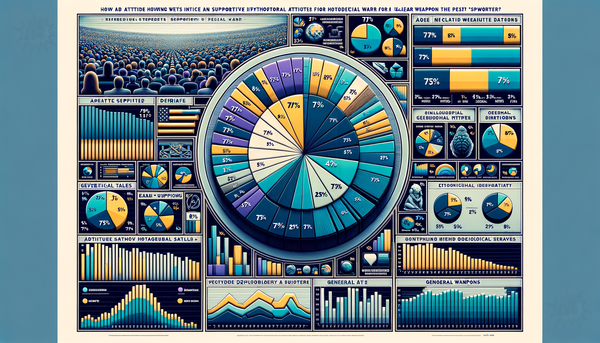Total Solar Eclipse Captures Awe Both from Earth and Sky

On April 8, North America witnessed a significant astronomical event—a solar eclipse that captivated millions. In New York City, spectators at Edge, the highest outdoor observation deck in the Western Hemisphere, enjoyed a unique viewing experience, complete with free solar eclipse glasses and a themed cocktail. This event marks the last total solar eclipse visible from the U.S. until 2033, highlighting its rarity and significance.
At the University of Maine at Presque Isle (UMPI), over 200 people celebrated the unveiling of a 3D sun model, part of the Northern Maine Solar System Model, to mark its 20th anniversary. This "solarbration" was attended by dignitaries, including campus President Ray Rice and representatives from U.S. Sen. Susan Collins' office. Meanwhile, from the vantage point of the International Space Station, Syracuse native astronaut Jeanette Epps joined NASA's live broadcast, sharing her unique perspective on the eclipse and discussing an experiment on atmospheric waves.
Across the United States, various perspectives of the eclipse were captured, including from an airplane at 35,000 feet, where Southwest Airlines shared a video that quickly went viral. The eclipse also offered a scientific opportunity for students and professors from the University of Maine, who joined a comprehensive research project to study the solar atmosphere and its effects on Earth. They were part of a network of 35 stations stretching from Texas to Maine, gathering valuable data.
Onboard a special flight from Dallas to Indianapolis, passengers enjoyed the eclipse from 33,000 feet, experiencing a dimmed cabin and witnessing the darkness of totality. The flight offered a "sliver" of the eclipse, and passengers received commemorative items to mark the occasion. The next total eclipse visible in Maine will not occur until 2079, underscoring the significance of this event for both casual observers and the scientific community.




